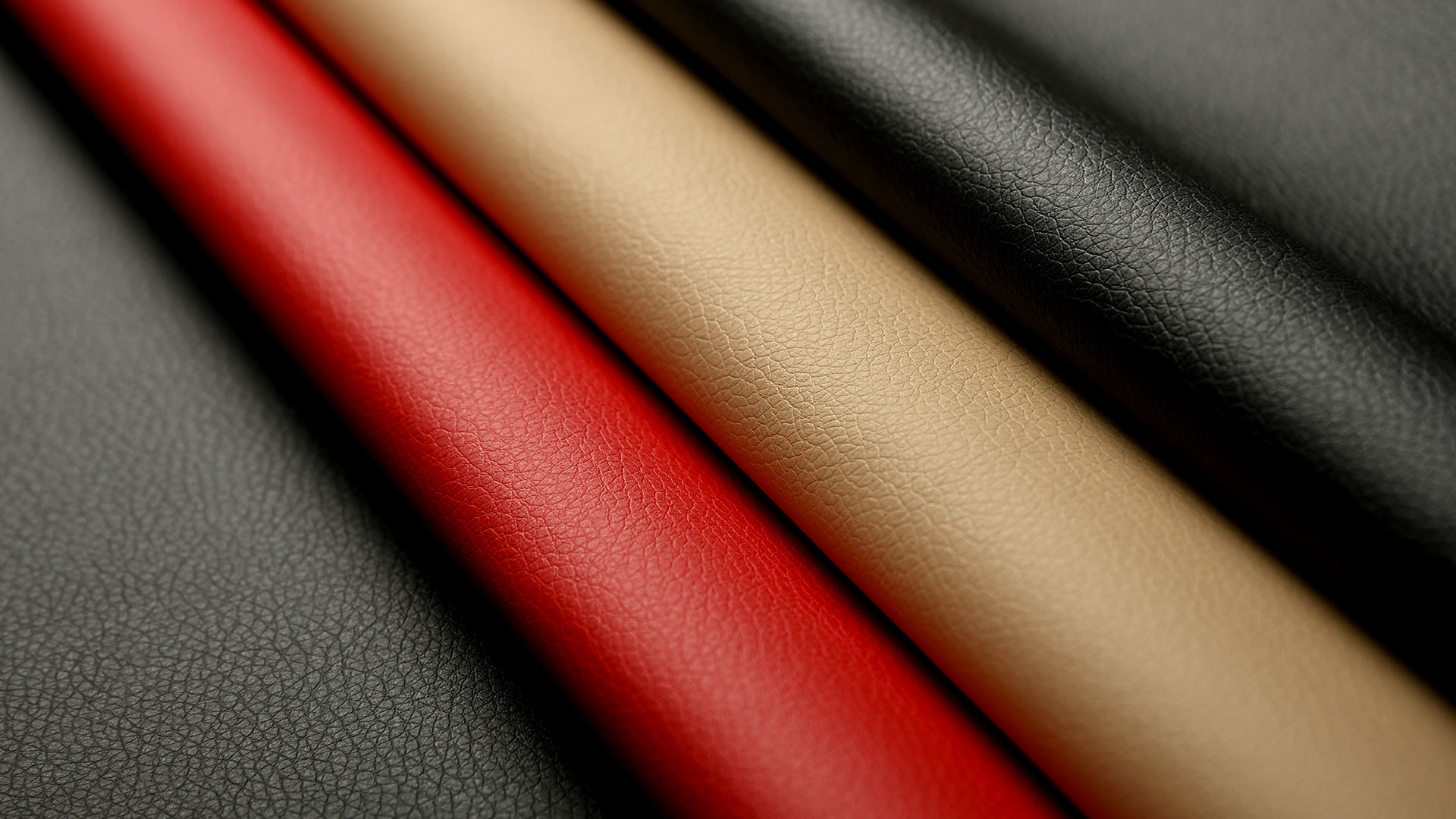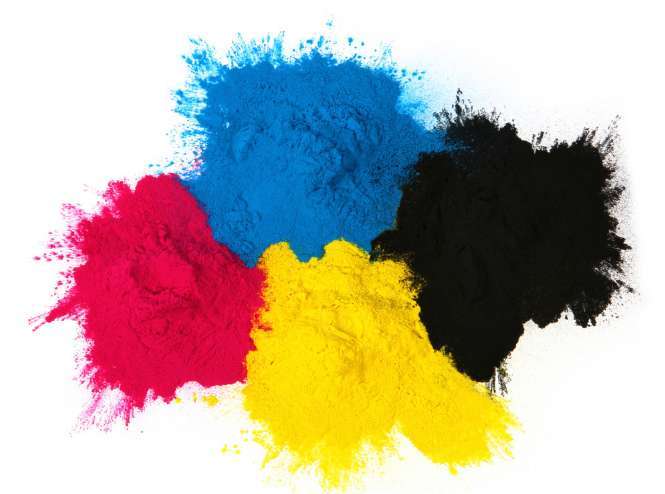What is leather dye?
Leather dyeis a dye that has an affinity for leather, used for coloring leather. It can be divided into two categories based on the type of solvent: water-insoluble dyes and water-soluble dyes. Non-water-soluble dyes include: sulfide dyes that dissolve in sulfide aqueous solutions; oil-soluble dyes that dissolve in fats; alcohol-soluble dyes that dissolve in alcohol. Water-soluble dyes include anionic acid dyes, direct dyes, and dyes specifically for leather; metal complex dyes, sulfide triphenylmethane dyes; cationic basic dyes, etc.

Based on the type of solvent,Leather dyeit can be divided into two categories: insoluble dyes and water-soluble dyes. Non-water-soluble dyes include: sulfide dyes that dissolve in sulfide aqueous solutions; oil-soluble dyes that dissolve in fats; alcohol-soluble dyes that dissolve in alcohol. Water-soluble dyes include anionic acid dyes, direct dyes, and dyes specifically for leather coloring, metal complex dyes, sulfide triphenylmethane dyes; cationic basic dyes, etc.
Leather dyeDyeing can be divided into two categories: immersion dyeing and surface coloring (including finishing and spray dyeing). D series dyes are suitable for leather immersion dyeing; SP series dyes are suitable for leather spraying and coloring. Aniline leather and NABA leather are popular lightweight leathers in recent years, with only slight or no coating. They require good bonding with leather fibers, high fastness, good smoothness, and bright colors. Garment leather requires dyes to have good dry cleaning (solvent) resistance.
The front leather of shoes is usually lacquered, with only the surface being colored, while garment leather is fully dyed, cut to match the surface color. Leather is mainly dyed with acid dyes and direct dyes, and sometimes with basic dyes, mordants, oil-soluble dyes, and reactive dyes, mostly selected from textile dyes. With the improvement of living standards and the development of science and technology, the requirements forLeather dyehave also increased accordingly, with higher demands for the lightfastness, abrasion resistance, and dry cleaning solvent resistance of leather dyes. To maintain the "natural appearance" of leather surfaces, the so-called "aniline leather" has emerged, which uses only synthetic dyes without pigment coatings, posing new requirements for leather-specific dyes. Metal complex dyes play an important role in leather dyes.
Currently, in our countryLeather dyemost of the pigmented raw materials used for leather care contain anions. After use, the leather surface becomes hard, like rubber, sealing the pores and reducing breathability. For example, leather may turn black, while synthetic leather does not achieve a mimicking effect after coloring. Suede and nubuck leather can only be cleaned and cannot be painted. These raw materials are not widely used in China. The domestic leather industry mainly uses imported raw materials, but they are expensive. The cost has significantly increased, and the prices of finished products in the market remain high, which has a significant impact on sales.
Latest developments







